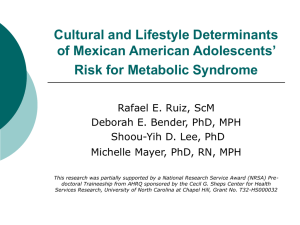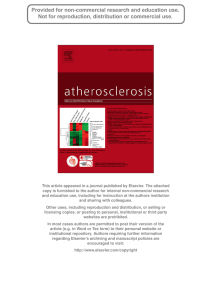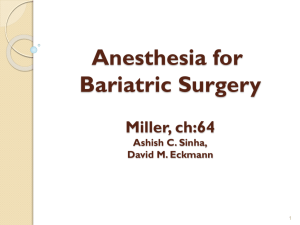To Your Health! Action Plan
advertisement
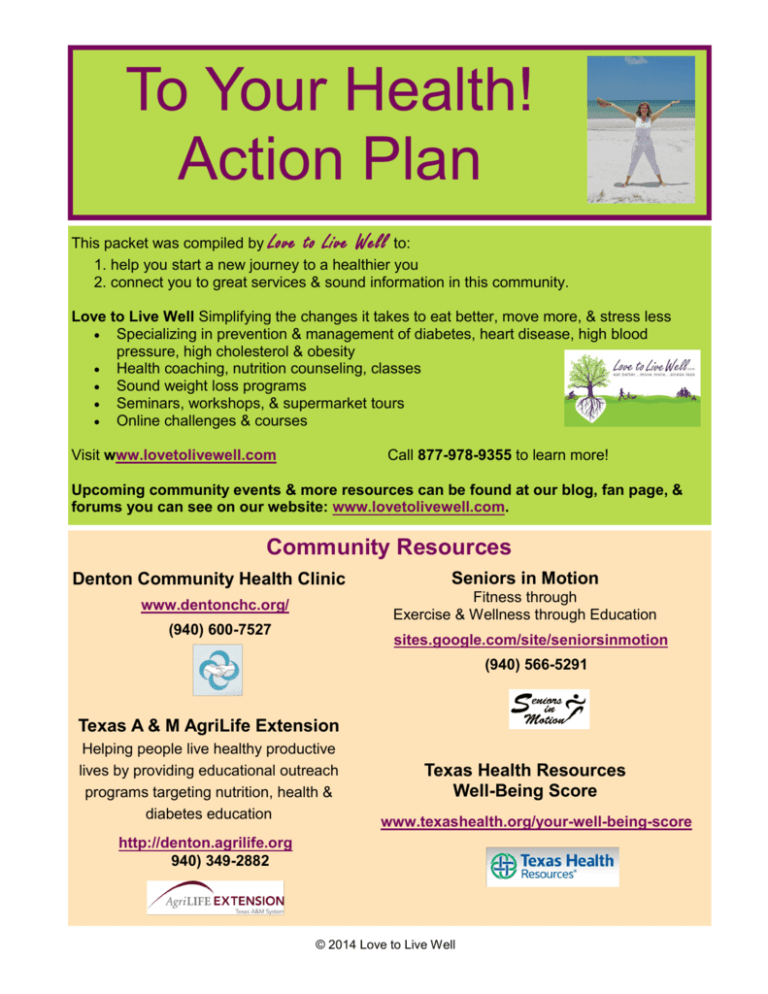
To Your Health! Action Plan This packet was compiled by Love to Live Well to: 1. help you start a new journey to a healthier you 2. connect you to great services & sound information in this community. Love to Live Well Simplifying the changes it takes to eat better, move more, & stress less Specializing in prevention & management of diabetes, heart disease, high blood pressure, high cholesterol & obesity Health coaching, nutrition counseling, classes Sound weight loss programs Seminars, workshops, & supermarket tours Online challenges & courses Visit www.lovetolivewell.com Call 877-978-9355 to learn more! Upcoming community events & more resources can be found at our blog, fan page, & forums you can see on our website: www.lovetolivewell.com. Community Resources Denton Community Health Clinic www.dentonchc.org/ (940) 600-7527 Seniors in Motion Fitness through Exercise & Wellness through Education sites.google.com/site/seniorsinmotion (940) 566-5291 Texas A & M AgriLife Extension Helping people live healthy productive lives by providing educational outreach programs targeting nutrition, health & diabetes education Texas Health Resources Well-Being Score www.texashealth.org/your-well-being-score http://denton.agrilife.org 940) 349-2882 © 2014 Love to Live Well To Your Health! Action Plan Know Your Numbers Criteria for Criteria for Metabolic Syndrome Overweight & Obesity Any 3 of the following risk factors: Considered BMI Below 18.5 Underweight 18.5 to 24.9 Healthy weight 25.0 to 29.9 Overweight 30-39.9 Obese Very Obese 40+ (Morbid Obesity) See BMI Calculator at www.lovetolivewell.com/scaledown 1. Abdominal obesity defined by waist circumference: men >40 in; women >35 in 2. Triglycerides: > 150 mg/dL 3. High-Density Lipoproteins (HDL Chol.): men <40 mg/dL; women <50 mg/dL 4. Blood pressure: >130 mmHg systolic (top)/ > 85 mmHg diastolic (bottom) 5. Fasting blood glucose > 100 mg/dL *Some of these tests require blood work & a lab analysis under doctor’s supervision What’s the big deal about Metabolic Syndrome? Metabolic syndrome is a cluster of conditions that occur together, increasing your risk of heart disease, stroke & diabetes. The more criteria you meet, the greater the risks are to your health. People with metabolic syndrome have two times the risk of both cardiovascular disease & stroke1 five times the risk of developing diabetes1 This syndrome may soon overtake smoking as leading risk factor for heart disease If you know you have at least one criteria of metabolic syndrome you may have the others & not know it Metabolic syndrome can be treated & prevented by: maintaining a healthy weight eating a heart-healthy diet getting adequate physical activity following your healthcare providers' instructions Join the Meet & Beat Metabolic Syndrome Challenge at www.lovetolivewell.com. 2 To Your Health! Action Plan The Good News: There are steps you can take to improve your health & decrease your risk for illness & disease! Keys to live well: Eat Better Move More Manage Stress Effectively "Let food be thy medicine & thy medicine be thy food." ~Hippocrates Tips for Eating Better Increase your intake of whole grains, vegetables, fruits, low-fat dairy & seafood Find your balance between food & physical activity Eat at least three meals a day & plan your meals ahead of time Balance your plate with a variety of colorful foods Cut back on added sugars, trans fats, refined grains & sodium Focus on the big picture– achieving overall good health Get a personalized eating plan at www.choosemyplate.gov Set SMART goals! SMART goals = Specific, Measurable, Achievable, Relevant, Time-bound Example: I will eat 2 vegetables & 3 fruits each day this next week. I will walk 5 days next week for 30 minutes/day. I will set aside time for leisure reading at least 1 hour/day. 3 To Your Health! Action Plan Tips for Moving More Physical Activity Guidelines for Americans Begin walking a distance & pace that is comfortable for you. Each week increase your daily walk by 5 minutes working toward your goal (e.g. walk 25 min./day one week, then 30 min./day the next week). Goal is to work up to 5 days/wk for 30 minutes (150 minutes/wk) of moderate intensity exercise (e.g. treadmill or walking in your neighborhood) or 3 days /wk for 20 minutes (60-75 min./wk) of vigorous activity for general health benefits. Resistance training (weights or resistance bands or yoga or Pilates) 2-3 times/wk On weekends, take a long bike ride or a hike or try a new activity Overcoming Barriers to Physical Activity2 Lack of time: Identify at least three 30-minute time slots where you can be active. Social Influence: Develop new friendships with physically active people. Join a group, such as the YMCA, walking group or hiking club. Lack of energy: Convince yourself that if you give it a chance, physical activity will increase your energy level; then, try it. Lack of motivation: Plan ahead. Make physical activity a regular part of your daily or weekly schedule & write it on your calendar. Fear if injury: Learn how to exercise appropriately for your age, fitness level, skill level, & health status. Start slow and build gradually. Learn how to warm up & cool down to prevent injury. Lack of skill: Select activities that require no new skills (e.g. walking, climbing stairs, or jogging) Lack of resources: Select activities that require minimal facilities or equipment, such as walking, jogging, or calisthenics. 4 To Your Health! Action Plan Tips for Better Stress Management Stress can effect your body, mood, & behavior! Body: Headaches, muscle tension or pain, fatigue, sleep problems Mood: Anxiety, lack of motivation, sadness & depression Behavior: Overeating or under eating, social withdrawal Stress Management Identify your stressors, reflect on how you’ve handled it in the past & what impact that has on your health Make a plan for healthy coping mechanisms to deal with stressful situations Plan in relaxing activities (reading, gardening, listening to music, Skype or talk on phone with family/friends, plan time to get out & meet more people) Get a massage or read a book Talk to a dear friend Plan relaxation techniques into your day (mindfulness moments, slowed breathing, progressive relaxation techniques, visual imagery, meditation, etc.) “Stress has been linked to all leading causes of death including heart disease, cancer, lung ailments, accidents, cirrhosis, & suicide”3 Sources 1. American Heart Association (2014). See http://www.americanheart.org 2. Centers for Disease Control & Prevention (2014). See http://www.cdc.gov/ physicalactivity/everyone/getactive/barriers.html 3. Seaward, Luke (2011). Managing stress: Principles and strategies for health and wellbeing, 7th Ed. See http://www.amazon.com/Managing-Stress-Principles -Strategies-Well-Being/dp/0763798339/ref=sr_1_1? 5
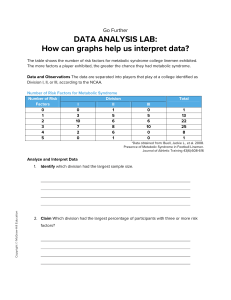
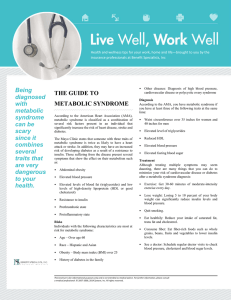

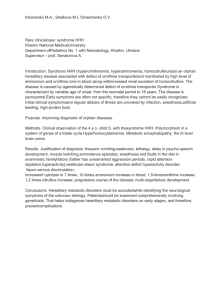

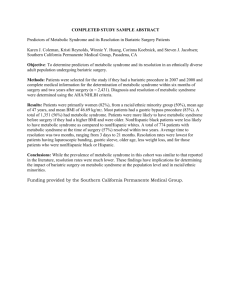
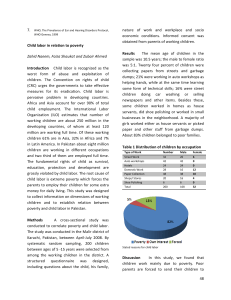
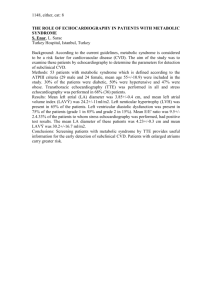
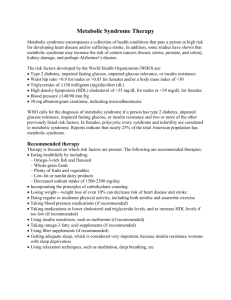
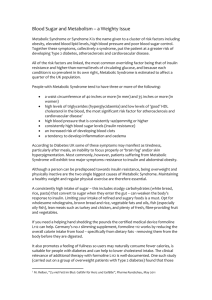



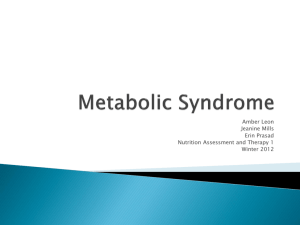

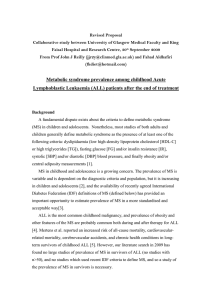
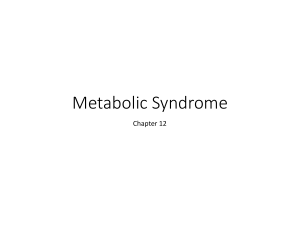
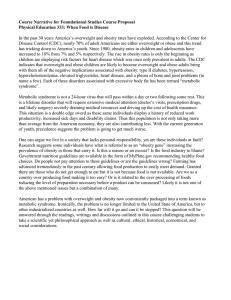
![Metabolic Syndrome Final [PPT] - King George's Medical University](http://s3.studylib.net/store/data/009642181_1-918bf311f0ff5d32d771ae397a07e3ec-300x300.png)
